Home>Ideas and Tips>How To Identify And Remove Mold In Your Home
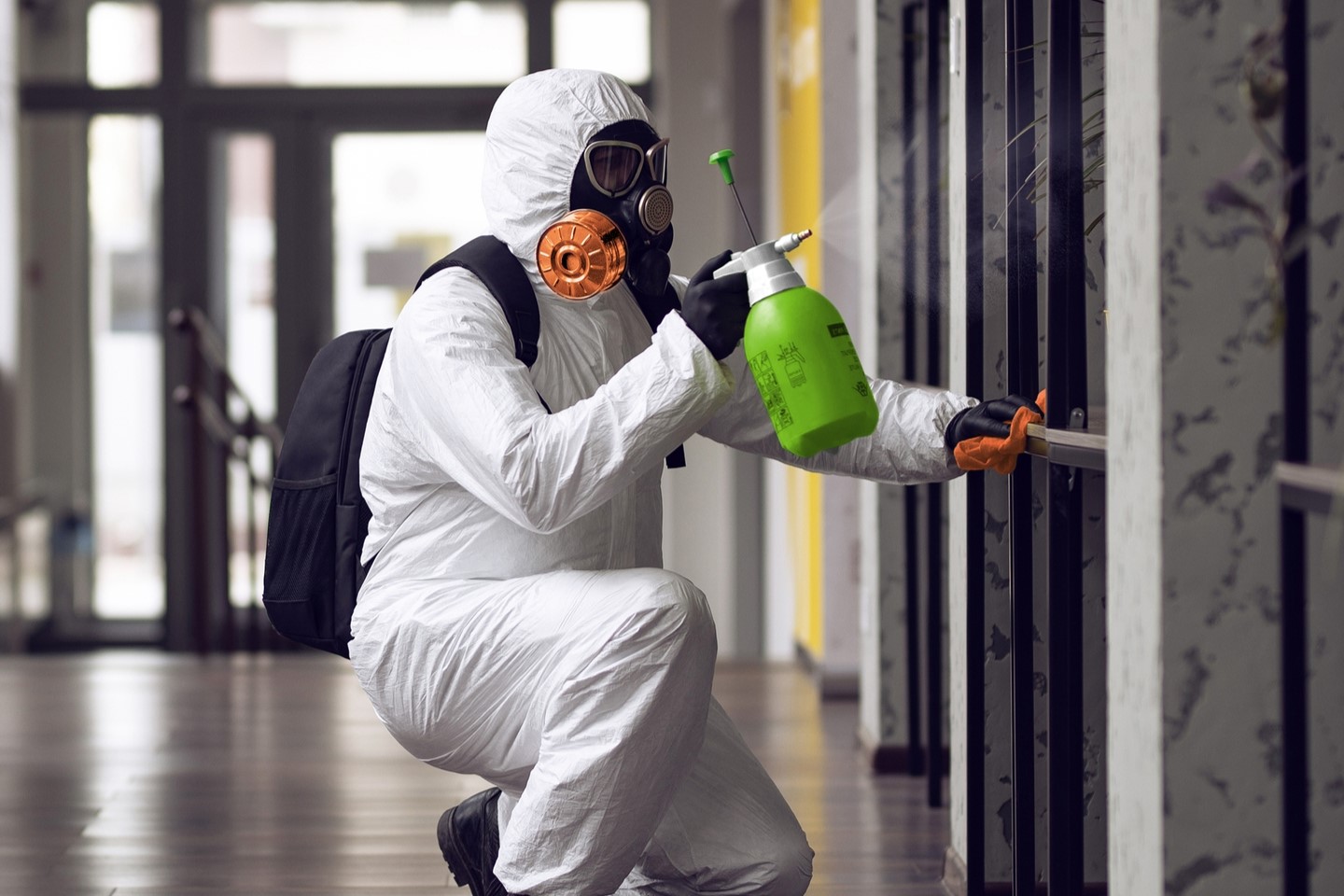

Ideas and Tips
How To Identify And Remove Mold In Your Home
Published: September 26, 2024
Learn how to identify and remove mold in your home with our comprehensive guide. Ensure a healthy living environment by tackling mold effectively.
(Many of the links in this article redirect to a specific reviewed product. Your purchase of these products through affiliate links helps to generate commission for Storables.com, at no extra cost. Learn more)
Mold growth in your home can be a serious issue, affecting not only the aesthetic appeal of your living space but also the health and well-being of its occupants. Mold thrives in damp environments and can spread rapidly if left unchecked. In this comprehensive guide, we will walk you through the steps to identify mold in your home and provide a detailed process for its removal.
Understanding Mold
Before diving into the identification and removal process, it's essential to understand what mold is and why it's a concern. Mold is a type of fungus that grows in damp environments. It can appear in various colors, including black, green, white, and even pink. Mold feeds on organic matter and can grow on surfaces such as walls, ceilings, floors, and even furniture.
Read more: How To Remove Mold In A Bathtub
Health Risks Associated with Mold
Mold exposure can lead to several health issues, ranging from mild allergic reactions to severe respiratory problems. Some common symptoms include:
- Allergic Reactions: Sneezing, runny nose, itchy eyes, and skin irritation.
- Respiratory Issues: Coughing, wheezing, and difficulty breathing.
- Infections: In rare cases, mold can cause infections in people with weakened immune systems.
Common Places Where Mold Grows
Mold tends to grow in areas with high humidity levels. Here are some common places where you might find mold:
- Bathrooms: Showers, bathtubs, and around sinks are prime locations for mold growth due to the constant moisture.
- Kitchens: Areas around sinks, dishwashers, and refrigerators can harbor mold.
- Basements: Basements are often damp and prone to water leaks, making them a common spot for mold.
- Attics: Poor ventilation in attics can lead to high humidity levels, creating an ideal environment for mold.
- Floors and Walls: Water damage or poor drainage can cause moisture to seep into floors and walls.
Identifying Mold
Identifying mold is crucial for effective removal. Here are some steps you can take:
Visual Inspection
The first step in identifying mold is to visually inspect your home. Look for any signs of water damage or high humidity levels. Check for discoloration on walls, ceilings, floors, and around windows.
Common Signs of Mold
- Discoloration: Stains or patches that are different from the surrounding area.
- Musty Odor: A strong, unpleasant smell that indicates moisture.
- Water Stains: Drips or stains from water leaks.
- Peeling Paint: Paint that is peeling off walls or ceilings.
Read more: How To Remove Mold In A Washing Machine
Using a Mold Test Kit
If you're unsure about the presence of mold or if the visual inspection doesn't reveal any signs, consider using a mold test kit. These kits usually include swabs or tape that you can use to collect samples from suspected areas.
How to Use a Mold Test Kit
- Purchase a Kit: Buy a reputable mold test kit from a hardware store or online.
- Collect Samples: Use the swabs or tape provided in the kit to collect samples from suspected areas.
- Send Samples: Follow the instructions to send the samples to a laboratory for analysis.
- Results: Wait for the results which will indicate if mold is present and what type it is.
Hiring a Professional
In some cases, especially if you're dealing with large areas of mold or suspect black mold (Stachybotrys chartarum), it's best to hire a professional mold remediation service.
Why Hire a Professional?
- Safety: Black mold can be toxic and requires specialized equipment for safe removal.
- Effectiveness: Professionals have the necessary training and equipment to ensure complete removal.
- Insurance Coverage: Many insurance policies cover mold remediation services.
Preparing for Mold Removal
Before starting the removal process, it's essential to prepare your home and yourself:
Personal Protective Equipment (PPE)
Wear appropriate PPE to protect yourself from mold spores:
- Mask: A HEPA-filter mask or respirator.
- Gloves: Latex or nitrile gloves.
- Eye Protection: Goggles or safety glasses.
- Coveralls: Protective clothing that covers your body.
Read more: How To Remove Mold From Showerhead
Containing the Area
To prevent mold spores from spreading during removal:
- Seal Off Rooms: Use plastic sheets or tarps to seal off rooms where mold is present.
- Turn Off HVAC: Switch off heating, ventilation, and air conditioning systems to prevent mold spores from circulating through your home.
- Remove Belongings: Take out any furniture, rugs, and other items from the affected area.
Removing Mold
Now that you're prepared, let's dive into the steps for removing mold:
Cleaning Small Areas
For small areas of mold, you can use household cleaning products:
- Bleach Solution: Mix one part bleach with ten parts water in a spray bottle.
- Spray and Wipe: Spray the solution onto the moldy area and wipe it clean with a damp cloth or sponge.
- Rinse Thoroughly: Rinse the area thoroughly with clean water to remove any remaining bleach solution.
Using Vinegar
Vinegar is another effective natural cleaner for removing mold:
- White Vinegar Solution: Mix equal parts water and white vinegar in a spray bottle.
- Spray and Let Sit: Spray the solution onto the moldy area and let it sit for about an hour.
- Wipe Clean: Use a damp cloth or sponge to wipe away the mold.
Read more: How To Remove Mold From Attic
Using Baking Soda
Baking soda can also help in removing mold:
- Baking Soda Paste: Mix baking soda with water to form a paste.
- Apply Paste: Apply the paste directly onto the moldy area.
- Let Sit: Let it sit overnight before scrubbing it off with a brush or sponge.
Using Enzyme-Based Cleaners
Enzyme-based cleaners break down mold at a molecular level:
- Enzyme-Based Cleaner: Purchase an enzyme-based cleaner specifically designed for mold removal.
- Follow Instructions: Follow the instructions provided on the product label for application and removal.
Removing Mold from Different Surfaces
Mold can grow on various surfaces; here’s how you can remove it from different materials:
Wood
- Wood Cleaner: Use a wood cleaner specifically designed for removing mold from wood surfaces.
- Scrubbing: Scrub the area gently with a soft-bristled brush before rinsing thoroughly.
Drywall
- Drywall Cleaner: Use a drywall cleaner or a mixture of bleach solution (1 part bleach to 10 parts water).
- Scrubbing: Scrub the area gently with a soft-bristled brush before rinsing thoroughly.
Carpet
- Carpet Cleaner: Use a carpet cleaner specifically designed for removing mold from carpets.
- Rinsing: Rinse the area thoroughly with clean water after cleaning.
Upholstery
- Upholstery Cleaner: Use an upholstery cleaner specifically designed for removing mold from furniture.
- Rinsing: Rinse the area thoroughly with clean water after cleaning.
Preventing Future Mold Growth
Preventing future mold growth is crucial to maintaining a healthy home environment:
Read more: How To Remove Molding From Floor
Improving Ventilation
Ensure good ventilation in your home by:
- Using Fans: Install fans in bathrooms and kitchens to improve air circulation.
- Regular Cleaning: Regularly clean surfaces with soap and water to reduce moisture levels.
Fixing Leaks
Fix any water leaks promptly:
- Check Pipes: Regularly check pipes under sinks, around toilets, and near appliances for leaks.
- Fix Roof Leaks: Address any roof leaks immediately to prevent water from seeping into your home.
Reducing Humidity
Use dehumidifiers in humid areas like basements or attics:
- Dehumidifier Placement: Place dehumidifiers in areas where moisture levels are high.
- Regular Maintenance: Regularly empty dehumidifier water tanks to ensure they continue working effectively.
Conclusion
Identifying and removing mold from your home requires careful planning and execution but is essential for maintaining a healthy living environment. By understanding what causes mold growth, identifying its presence through visual inspection or testing kits, preparing yourself with appropriate PPE, containing the affected area properly before starting removal processes using various cleaning agents tailored for different surfaces while also focusing on preventive measures such as improving ventilation fixing leaks reducing humidity you can effectively manage this issue ensuring safety healthiness comfort within your home space always
Was this page helpful?
At Storables.com, we guarantee accurate and reliable information. Our content, validated by Expert Board Contributors, is crafted following stringent Editorial Policies. We're committed to providing you with well-researched, expert-backed insights for all your informational needs.

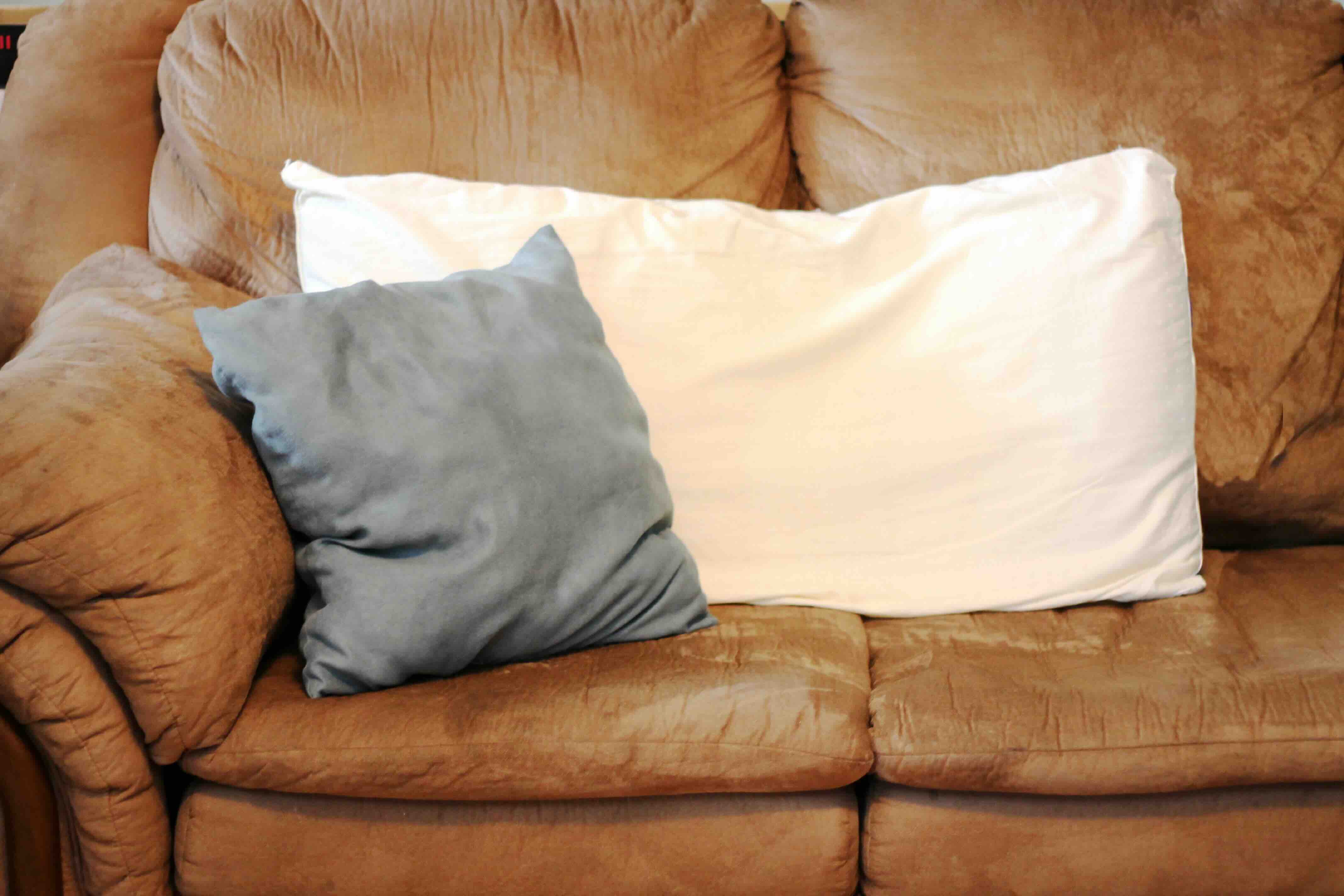
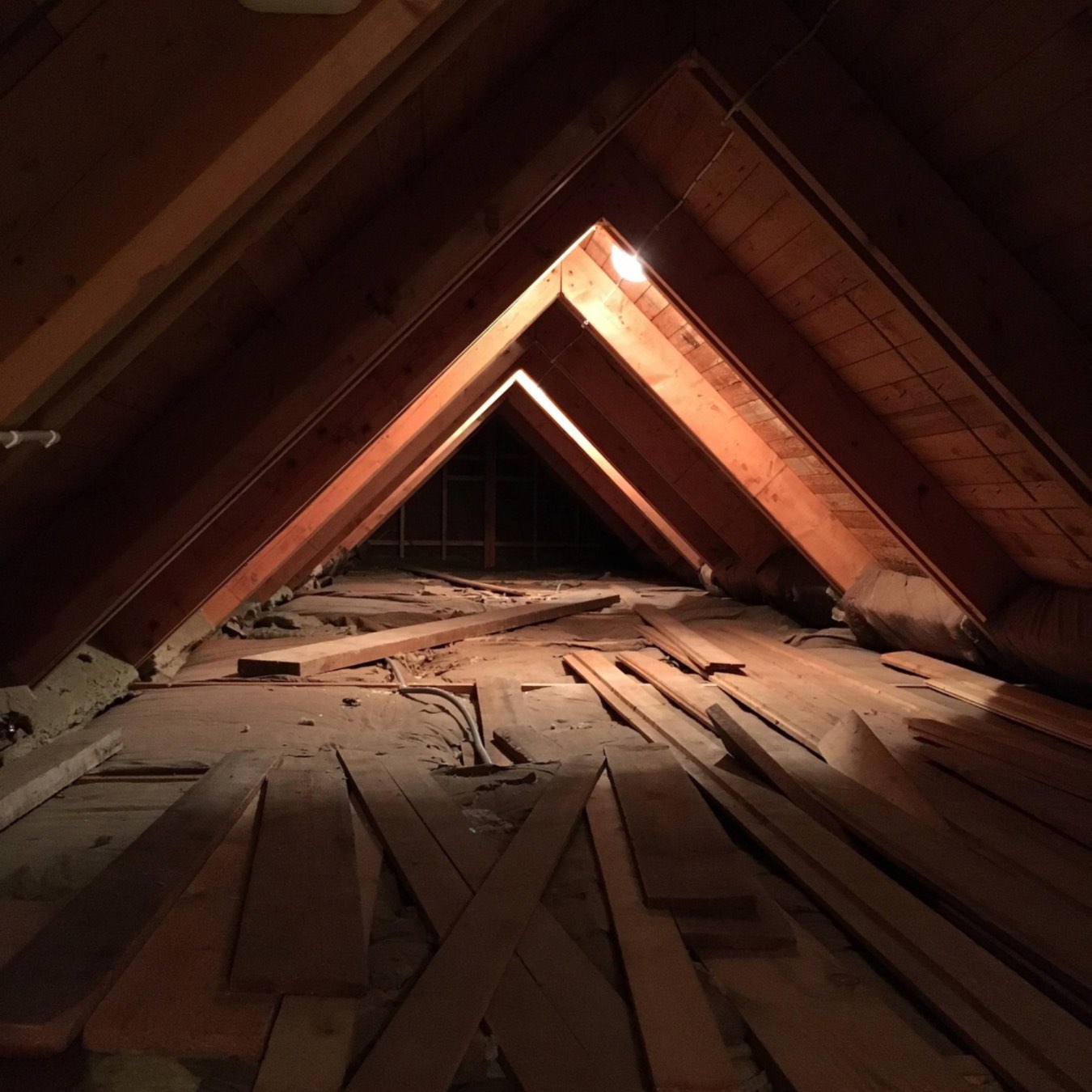
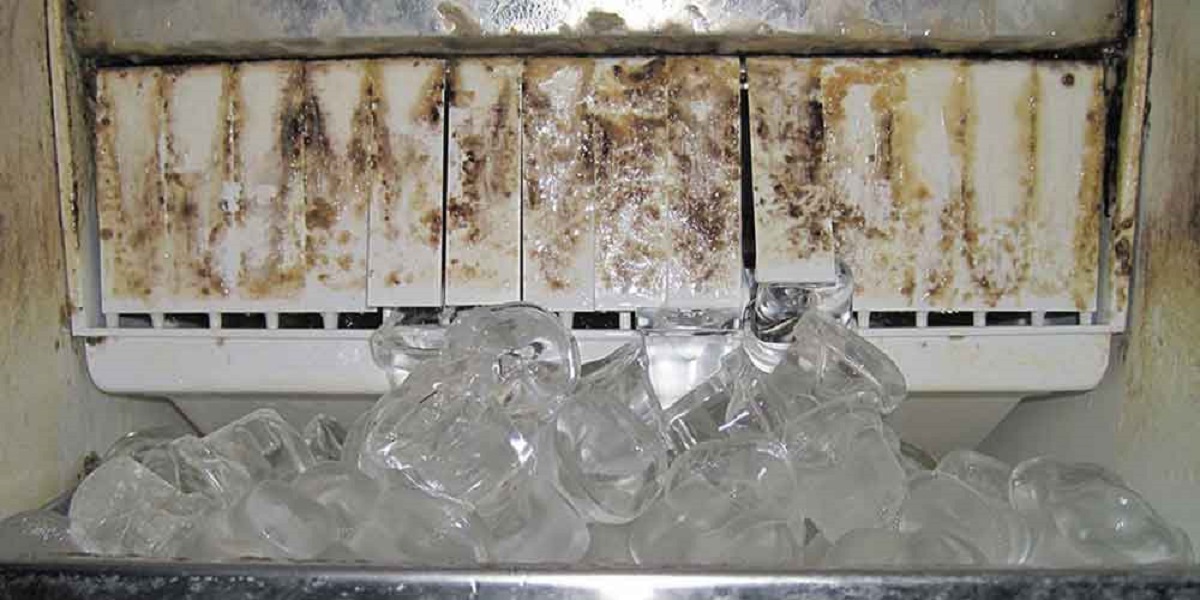
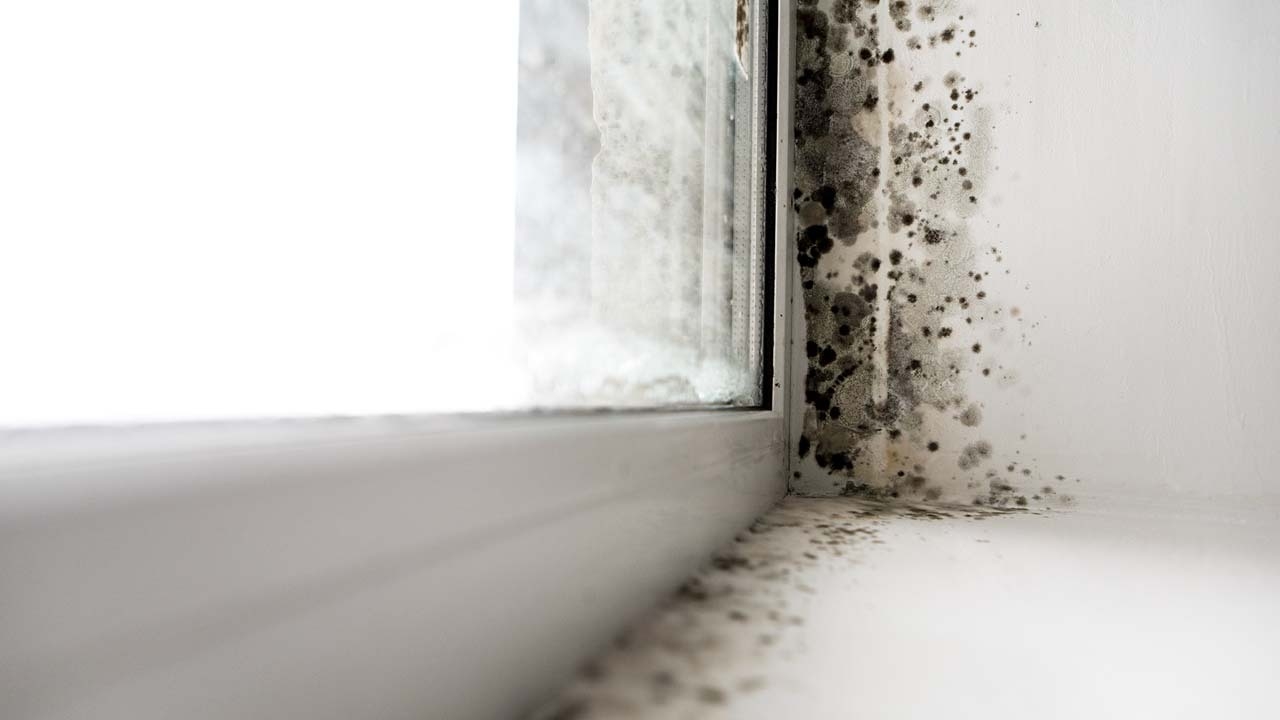

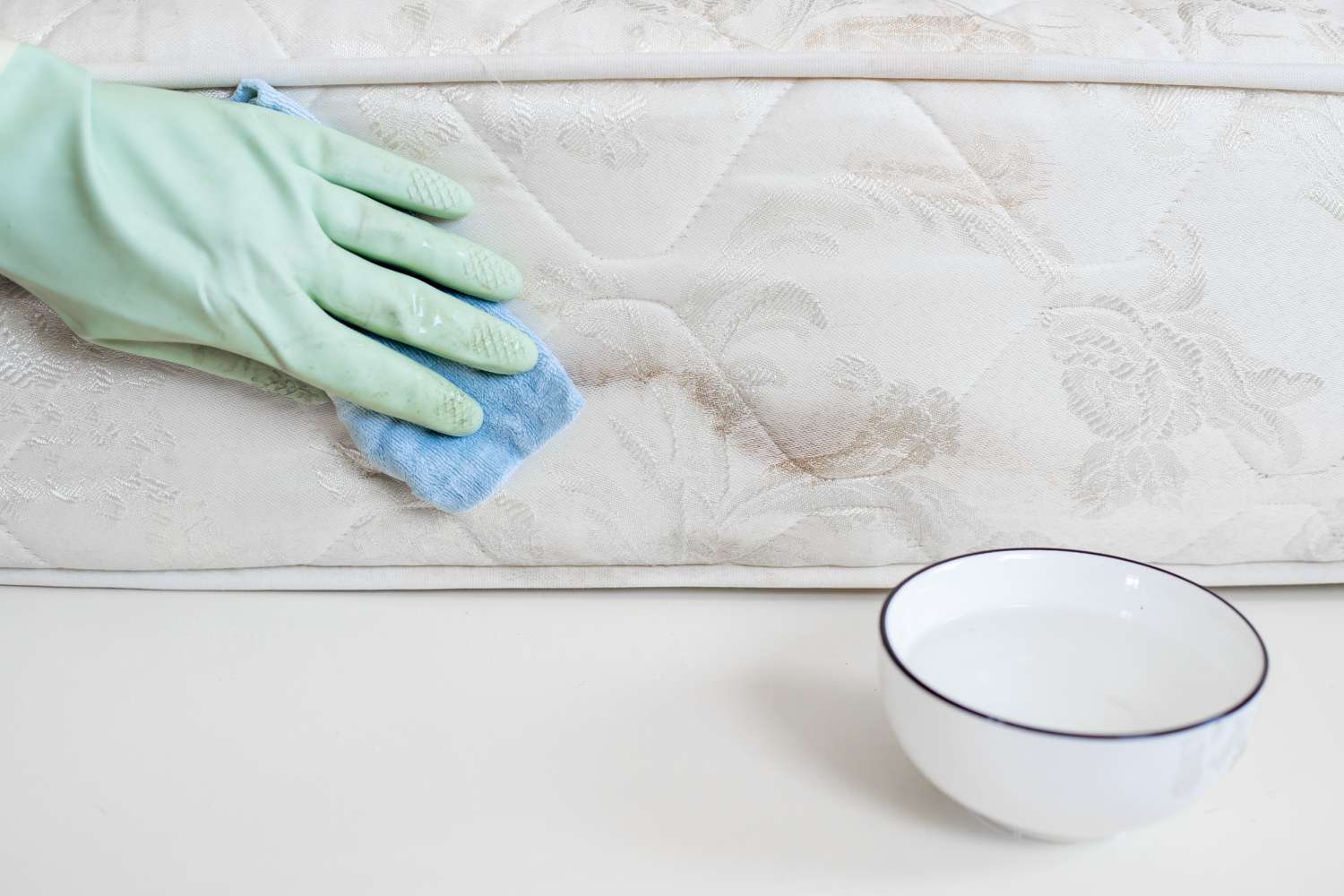
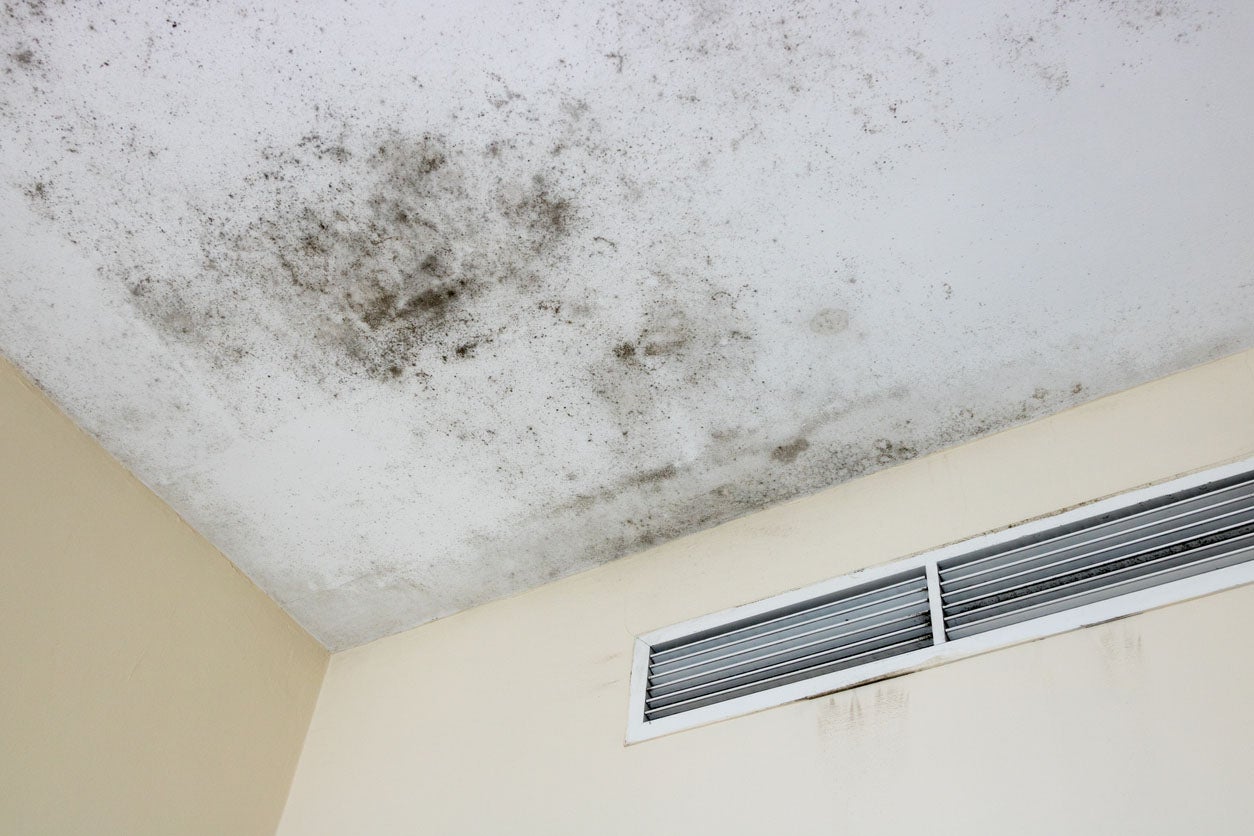
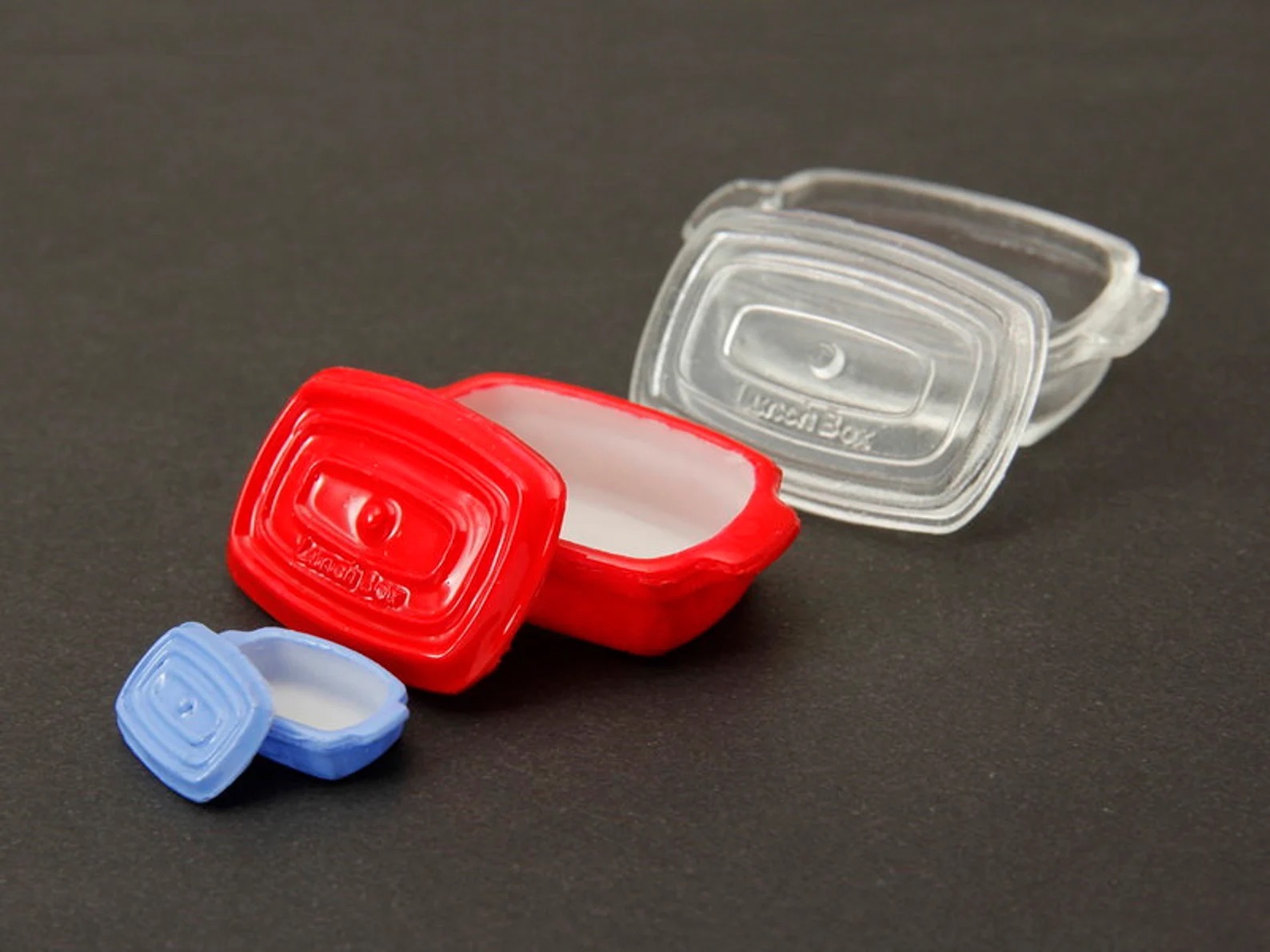
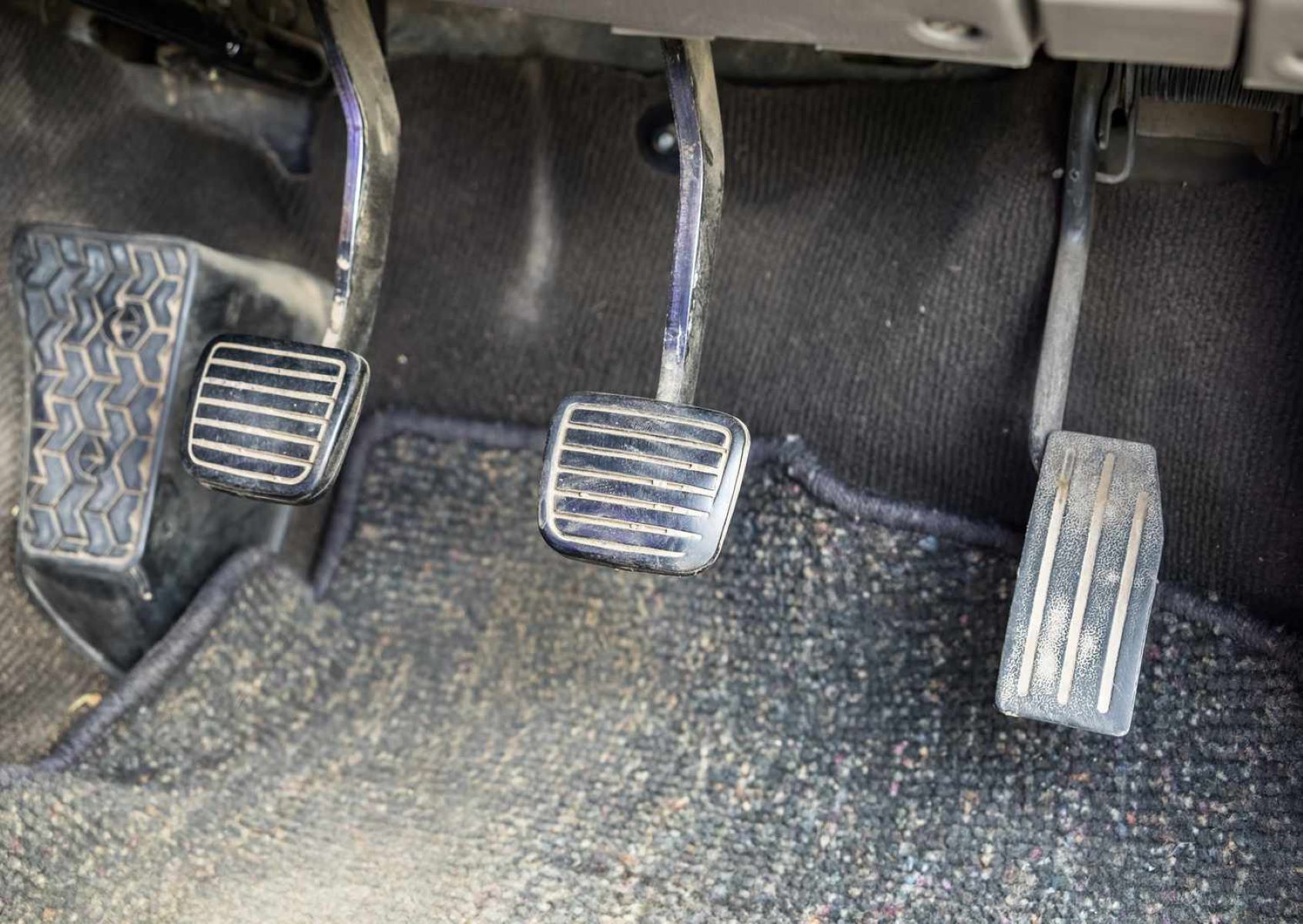
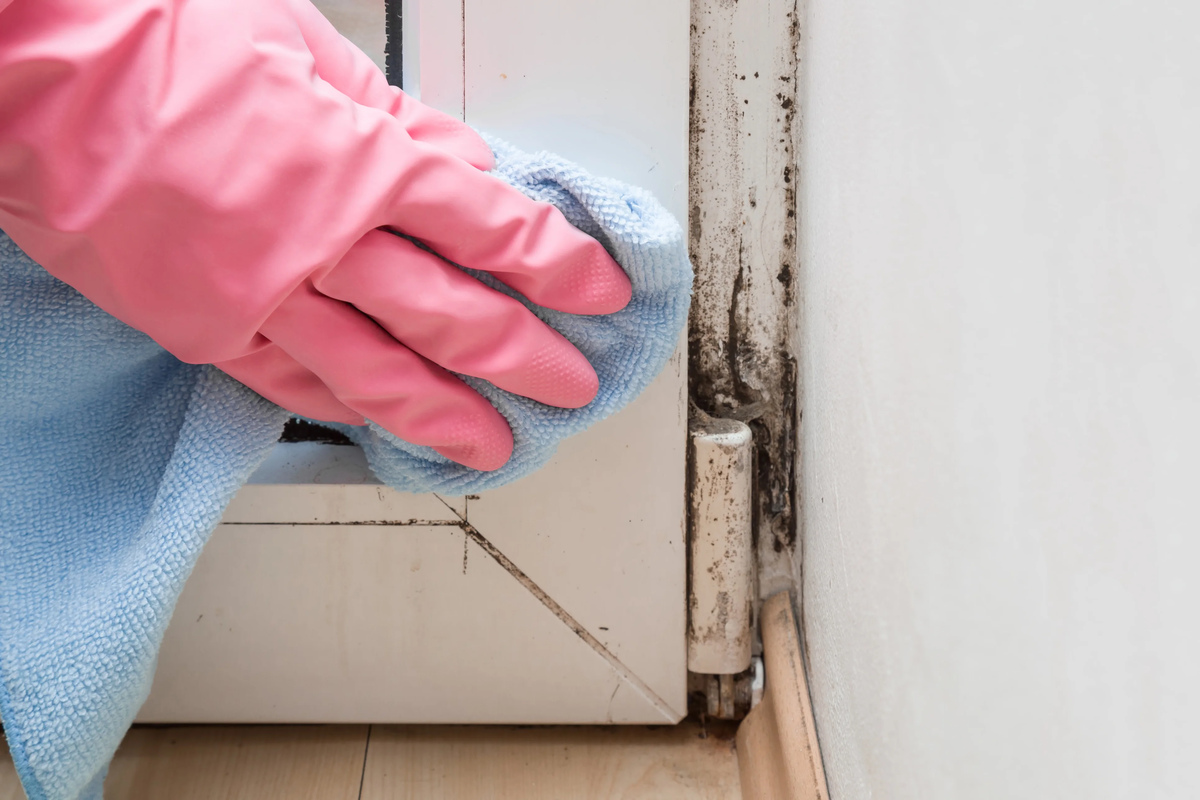

0 thoughts on “How To Identify And Remove Mold In Your Home”